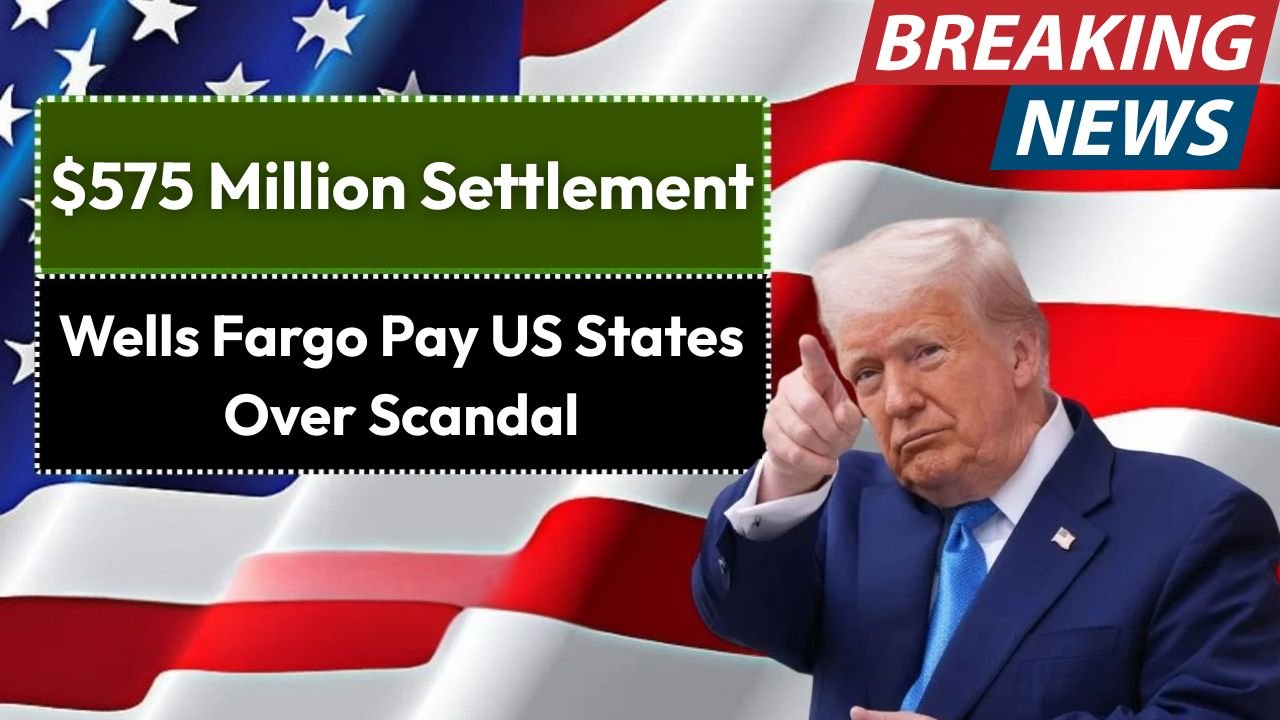In 2016, Wells Fargo, one of America’s largest and most trusted banks, shocked the nation with a scandal that rocked the financial world. The revelation that employees opened millions of fake accounts without customer consent exposed a dark side of the banking giant. This led to a massive $575 million settlement with all 50 U.S. states and Washington, D.C. in 2018. Let’s unpack this scandal, its consequences, and what it means for customers and the banking industry.
The Fake Accounts Scandal Unveiled
The scandal came to light in 2016 when it was discovered that Wells Fargo employees had created millions of unauthorized accounts, credit cards, and even insurance products in customers’ names. This wasn’t a minor oversight—it was a deliberate scheme driven by intense pressure on employees to meet unrealistic sales targets.
- Employees opened fake checking and savings accounts.
- Customers were unknowingly enrolled in financial services.
- Unauthorized credit cards were issued, often impacting credit scores.
This betrayal of trust wasn’t just unethical; it was outright fraud, shaking the confidence of millions of customers.
Why Did This Happen?
The root cause? Aggressive sales goals. Wells Fargo’s management pushed employees to sell as many products as possible, even if it meant deceiving customers. Employees faced immense pressure to meet quotas, leading them to take drastic measures, including forging signatures and creating fake accounts.
This wasn’t about serving customers—it was about boosting numbers at any cost. The scandal revealed a toxic corporate culture that prioritized profits over ethics.
From $190 Million to $575 Million
The fallout began in 2016 with a $190 million settlement to address federal claims. At the time, many thought this would close the chapter. But the problem ran deeper. By 2018, the attorneys general of all 50 states and Washington, D.C., stepped in, demanding accountability. The result? A staggering $575 million settlement—roughly ₹4,000 crore—to address the widespread harm caused.
| Key Settlement Details | Information |
|---|---|
| Settlement Amount | $575 million |
| Parties Involved | All 50 U.S. states and Washington, D.C. |
| Year Finalized | 2018 |
| Initial Settlement (2016) | $190 million |
| Purpose | Compensate customers and penalize fraud |
Where Did the Money Come From?
Wells Fargo had already set aside $400 million for the settlement, with plans to cover the remaining $175 million by year’s end. This suggests the bank was bracing for the financial hit, knowing the extent of its wrongdoing could no longer be hidden.
Customer Restitution Program
As part of the settlement, Wells Fargo was required to launch a Customer Restitution Review Program. This initiative ensures that affected customers receive compensation for unauthorized accounts and services. The bank also had to create a dedicated website where customers could:
- Check for fraudulent accounts in their name.
- Learn about available compensation.
- Understand their rights and next steps.
This program aims to restore some trust, but the damage was already done.
Official Reactions: A Breach of Trust
California Attorney General Xavier Becerra didn’t mince words:
“Wells Fargo exploited its customers instead of protecting them. This is a huge breach of trust, which can destroy confidence not only in the bank but in the entire financial system.”
His statement captures the gravity of the situation. Banks are built on trust—when they betray that, the ripple effects are profound.
A History of Scandals and Penalties
This wasn’t Wells Fargo’s first brush with controversy. Over the years, the bank has faced multiple penalties:
- Fines from the Consumer Financial Protection Bureau (CFPB).
- Penalties from the Office of the Comptroller of the Currency (OCC).
- Lawsuits from the attorneys general of Los Angeles and New York.
- Ongoing investigations by the SEC, Department of Justice, and Department of Labor.
In total, Wells Fargo has paid over $2 billion (approximately ₹16,000 crore) in fines for various misconducts. The U.S. Federal Reserve even restricted the bank’s growth, limiting its ability to expand until it proves compliance.
Can Wells Fargo Regain Trust?
Then-CEO Tim Sloan acknowledged the need to rebuild:
“We recognize that we have to work hard to correct past mistakes. This settlement reflects our commitment to making things right.”
But words alone can’t undo the damage. Rebuilding trust requires transparency, accountability, and consistent action—something Wells Fargo has struggled to demonstrate.
The True Cost: A Tarnished Reputation
The banking industry thrives on trust. When a bank like Wells Fargo:
- Opens fake accounts.
- Charges for unwanted services.
- Deceives its customers.
It risks losing not just individual customers but also major investors and corporate clients. The scandal has left a lasting stain on Wells Fargo’s reputation, raising questions about its reliability.
Lessons for Customers Worldwide
This scandal serves as a wake-up call for bank customers everywhere. Here’s how you can protect yourself:
- Monitor your accounts regularly for unfamiliar charges or services.
- Report issues immediately to your bank or financial regulator.
- Don’t blindly trust institutions, no matter how reputable they seem.
Staying vigilant is crucial in today’s complex financial landscape.
Impact on Wells Fargo’s Future
As one of the world’s largest banks, Wells Fargo serves millions of customers. But this scandal has eroded its credibility. If smaller clients can switch banks, so can major investors and businesses. The long-term impact on its market position could be significant, proving that trust is a currency no bank can afford to lose.
Conclusion: A Cautionary Tale
The $575 million Wells Fargo settlement is more than a financial penalty—it’s a stark reminder of what happens when greed overshadows ethics. While the bank has taken steps to make amends, the road to rebuilding trust is long. For customers, this is a lesson in vigilance. For the banking industry, it’s a warning: transparency and integrity are non-negotiable.
The Wells Fargo saga shows that no institution is too big to fail—or too big to fall. As digital banking grows, trust remains the cornerstone of financial systems. Let’s hope this scandal sparks meaningful change.
FAQ: Wells Fargo Settlement
What was the Wells Fargo fake accounts scandal?
Employees opened millions of unauthorized accounts, credit cards, and services in customers’ names to meet aggressive sales targets.
How much was the settlement?
Wells Fargo agreed to pay $575 million in 2018 to all 50 U.S. states and Washington, D.C.
What is the Customer Restitution Program?
It’s a program to compensate affected customers and includes a website for checking fraudulent accounts and claiming refunds.
How much has Wells Fargo paid in fines overall?
The bank has paid over $2 billion in fines for various misconducts.
Can Wells Fargo regain customer trust?
Rebuilding trust will take time, transparency, and consistent ethical behavior, but the scandal has significantly damaged its reputation.




